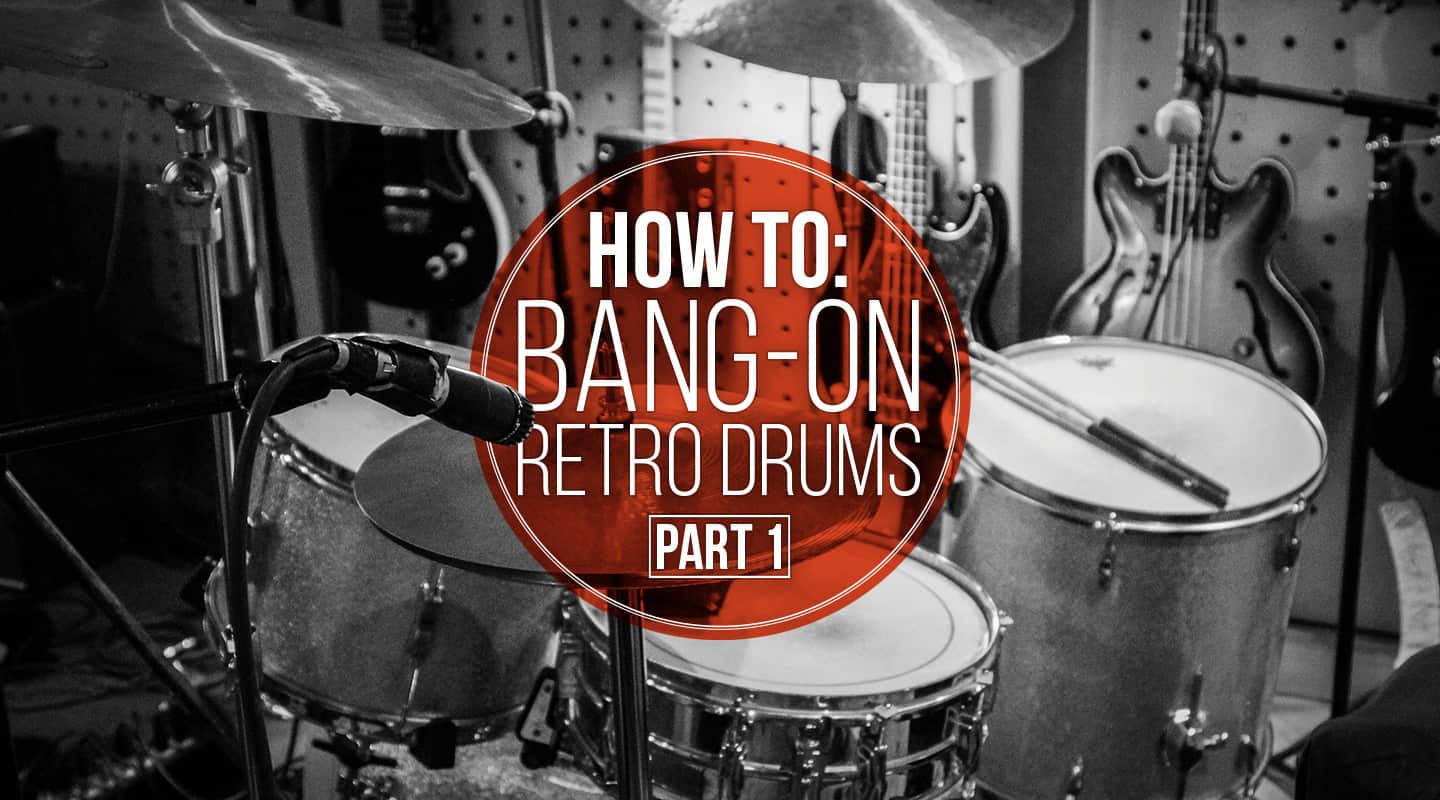
How to: Bang-on Retro Drums Part 1
Tired of drums sounding big, wide and boring. Turn back the clock with us as we re-create drum sounds from the ’50s, ’60s and ’70s.
Tutorial: Michael Carpenter
The diversity of our auditory preferences always amazes me. Sometimes we want to hear the highest of high-fidelity sounds. Hairs standing on end, ‘voice of the gods’ sort of stuff. So sonically pure that our brains immediately start humming in tune with the sensation of ‘good sound’. Then there’ll be other times, when we hear a sound that is ‘effective’, but hardly what you would call hi-fi. It just sounds cool.
Often we hear old records and intuitively pick up on the ‘retro’ vibe. A big part of that is the way sounds were coloured — whether on purpose or not — by the recording process. Yet artists are often really thinking about drum sounds when they come into my studio requesting a retro approach. So let’s get retrospective and see if we can deconstruct, reconstruct and bring out the colour of drum sounds from bygone eras.
RETRO PERSPECTIVE
We’ve become so used to big, glossy contemporary drum production, that we tend to define ‘retro’ drums as being the antithesis to that; unpolished, or raw. Certainly, compared to the massaged, layered and controlled techniques of state-of-the-art modern records, this would be true. But when people come into the studio asking for a vintage approach, what they’re really asking for is something beyond simply lo-fi; they’re looking for character. It’s the same with photography. The first thing we do after snapping an image on our phones is apply a filter to it. The quality of the original image is usually good enough in itself, but a filter ‘colours’ that moment. Whether we fade it a tad, or add a vignette, it says something about us.
In a musical sense, the artist or producer is asserting a sense of personality on their production, because it says something more definitive about their creation than just a ‘nice’ sound.
As much as we’d all like to just fast forward to the bit where I tell you how to get that magical Mick Fleetwood sound. For us to approach this effectively we need some basic info on how the originals were recorded and what we’re listening for.
As a producer who is also a drummer, I’ve been a long-time student of drum sounds and record production. I’ve found that the more I know about the original approaches, the more authentic my results are when emulating them in a contemporary setting. It’s beyond the scope of this article to give you a complete history of Western Pop recording techniques, but I will break it down into a few very general time frames and fill in a few gaps about the general recording approaches for each era.
THE EARLY ROCK ’N’ ROLL ERA
Key listening tracks:
My Baby Left Me – Elvis Presley
Lucille – Little Richard
Shake – Sam Cooke
Twist & Shout – The Beatles
It’s good to listen to the stereo version of Twist & Shout first, because one channel is actually the close mics, and the other channel is just the vocal spill. Only then listen to the mono version, and you’ll hear how much excitement is coming from the sound of the spill into the vocal mics.
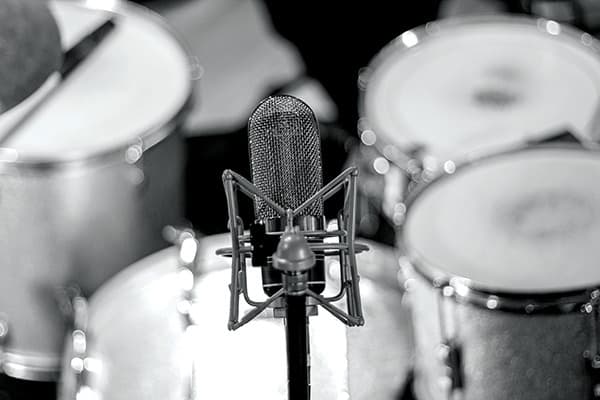
The first stop in our way-back machine is just prior to 1960. Looking around the studio at that time, the first thing you would have noticed is that all the musicians were in the live room. No one was lounging in the control room with a DI’d guitar or MIDI keyboard. The complete ensemble was picked up live off the studio floor, balanced in the control room and printed to tape (usually single track, rarely two- or three-track multitrack) as one performance — no overdubs. There may have been only one mic on the whole kit, possibly two.
A big contributor to the drum sound on big band, jazz, and early rock ’n’ roll records, was spill. A lot of what you’re hearing is the band bleeding into each other’s mics, particularly into the vocalist’s.
Of course, there were no headphones at this point, so players were balancing their performances purely by the sound in the recording space. Crucially, the drummer had to learn to play to what the microphones were hearing — all of them, not just those over the drums. Whether that meant playing quietly, putting a wallet on the snare, or not hitting the crash cymbals. It was a case of deferring to the engineer’s instruction, which the good musicians quickly adapted to. The engineer would say something to the effect of, ‘if you play too hard, and hit the ride cymbal in the chorus, you’ll ruin the whole mix.’ Critical point number one: play to the mics.
The next thing to remember, is that because of spill, room sound was inescapable in these early recordings. Mics were pointed in all sorts of directions around these reasonably large rooms. So drums were bleeding into the piano mics at the other end of the room, the upright bass mic, the vocalist, the string and horn sections. I’ve read accounts from engineers at the time where they didn’t use the mic that was on the drums because the drums were loud enough in every other mic when balancing down to mono.
Finally, it’s important to take into account the quality of the recording equipment at the time. It’s sometimes difficult to get contemporary recordists to comprehend that, once upon a time, recording engineers had very little equipment. And what they had wasn’t always particularly versatile.
In the ’50s, they were dealing with lovely new Neumanns (regularly the valve varieties), reasonably recent ribbon mics (15-20 years in use), and the introduction of dynamic mics. But the consoles were often purpose-built four or eight channel valve consoles, with either no EQ, or very simple bass and treble controls. More advanced EQ functions, like a sweepable mid frequency, were outboard pieces that were patched in when needed, and there were only a few modified radio-style compressors used to keep volume levels in check going to tape. Engineers were also at the mercy of all of the analogue tape process’s artefacts; alignment issues, tape hiss, as well as overloading the tape machine’s circuitry and the tape itself.
The expectation was that the sounds would be right in the room, then the mics would pick the sound up and send it through the console as transparently as all those highly-coloured components would allow. The hope was that at the end of the day, playback off the tape would resemble something close to the event. In a nutshell, nothing near the fidelity of a contemporary recording system.
The more I know about the original approaches, the more authentic my results are when emulating them in a contemporary setting
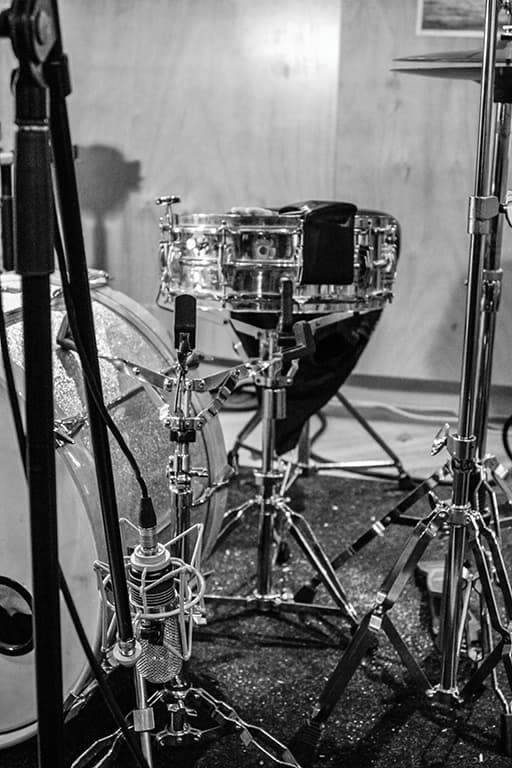

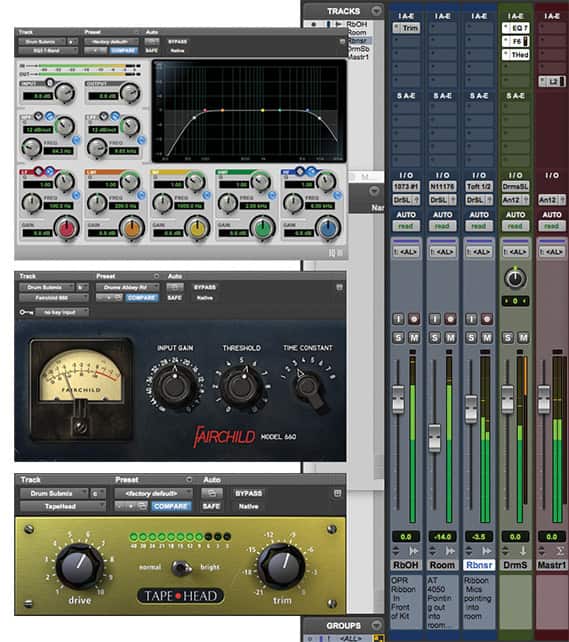










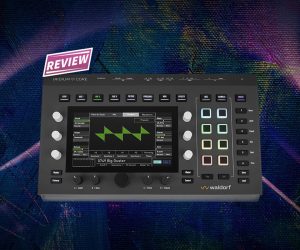
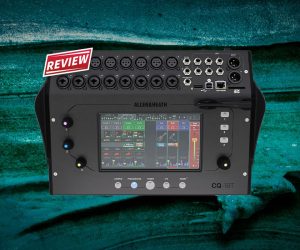




Nice
Hey Thanks for this nice write up. Drums are so cool in many ways you can shape the sounds, different sticks, damping shells…
Endless..I would also suggest to tape either reel to reel or hifi cassette. It glues and compresses when you drive it. Do drive too hard otherwise you lose high end.
Luckily I can play at home, 4 mics in an old sony broadcast mixer. That has a nice sound when you drive it.